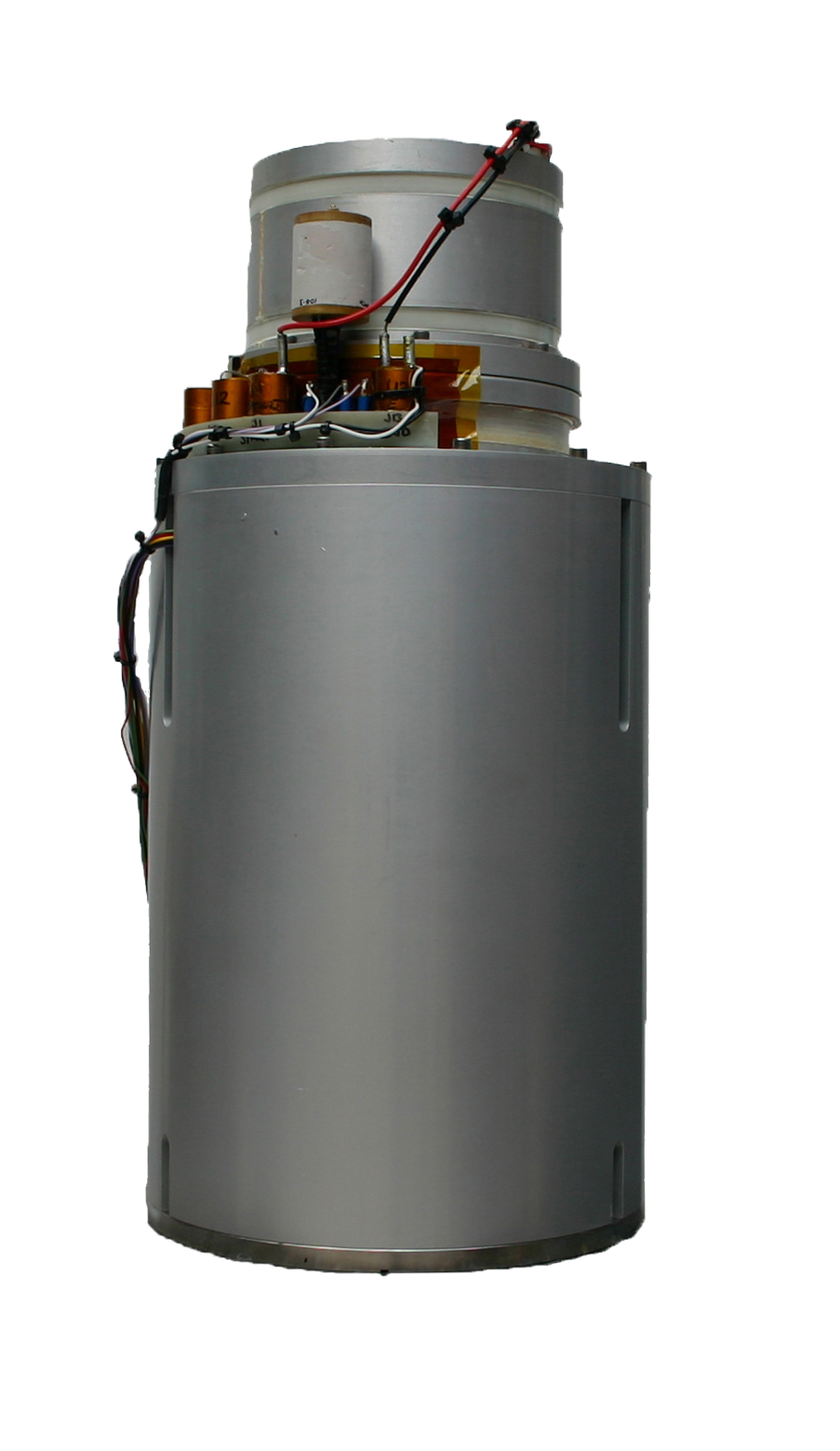Applications
Resources
With over 60 years of experience designing superconducting magnets, our unique depth of technical expertise and hands-on engineering experience in the design, manufacture and support of magnet and cryogenic systems enables us to create highly efficient and compact solutions targeted at customers’ application and experimental needs.
With high-field solenoid magnets up to 20 T and split pair magnets up to 15 T, applications across quantum materials discovery, condensed matter physics, and beamline sample environment can be enabled. Such magnets are typically paired with an appropriate low-temperature sample environment, whether a dilution refrigerator, 3He refrigerator or variable temperature insert (VTI).
Our vector rotation magnets offer the ability to rotate the magnetic field in two or three axes, supporting multiple applications in quantum technology and condensed matter physics.
As would be expected, our magnet technologies encompass both Cryofree® and liquid-helium-cooled “wet” magnets, with standard magnet designs fitted to our cryogenic platforms of Proteox, TeslatronPT, SpectromagPT, and Integra. Where appropriate to a given application or experimental need, special magnet designs can be created, with the confidence that Oxford Instruments’ expertise and proven track record brings. Special applications are supported by our expert technical sales, applications, and engineering team who will discuss all the necessary aspects of design with you.

Solenoid magnets offer the most efficient method of high field generation; Oxford Instruments’ unique design capabilities and use of high-performance superconducting wires enable extremely compact solutions.
High homogeneity, high persistence magnets – typically 16 T – available for SS-NMR, EPR and ESR applications
Special-application magnets for e.g. ultra-high field development and dark matter
Multiple field-bore combinations for Proteox dilution refrigerators
Actively shielded magnet options for Proteox dilution refrigerator options to minimise overall stray field and reduce axial field in mitigation of eddy current heating at the mixing chamber
Standard 8 to 14 T options for TeslatronPT integrated-VTI systems

Oxford Instruments has pioneered the design of high field split-pair magnets for beamline, optical and superconducting wire testing applications.
"Traditional” liquid-helium-cooled and highly efficient helium-recondensing systems
Fully Cryofree® systems
Vertical or horizontal field orientation with parallel- and transverse-field access
Active shielding available to minimise stray field footprint
Asymmetric coil designs available to allow zero field shift for polarised neutron beams
Standard 7 T option for SpectromagPT magneto-optical system

Vector rotation superconducting magnets offer a range of experimental opportunities through the ability to tilt and rotate the magnetic field vector electrically, rather than mechanically rotating the sample with respect to the field.
Ability to tilt and rotate the magnetic field vector in two or three axes
Cryofree® vector magnets integrated in our Proteox and TeslatronPT systems